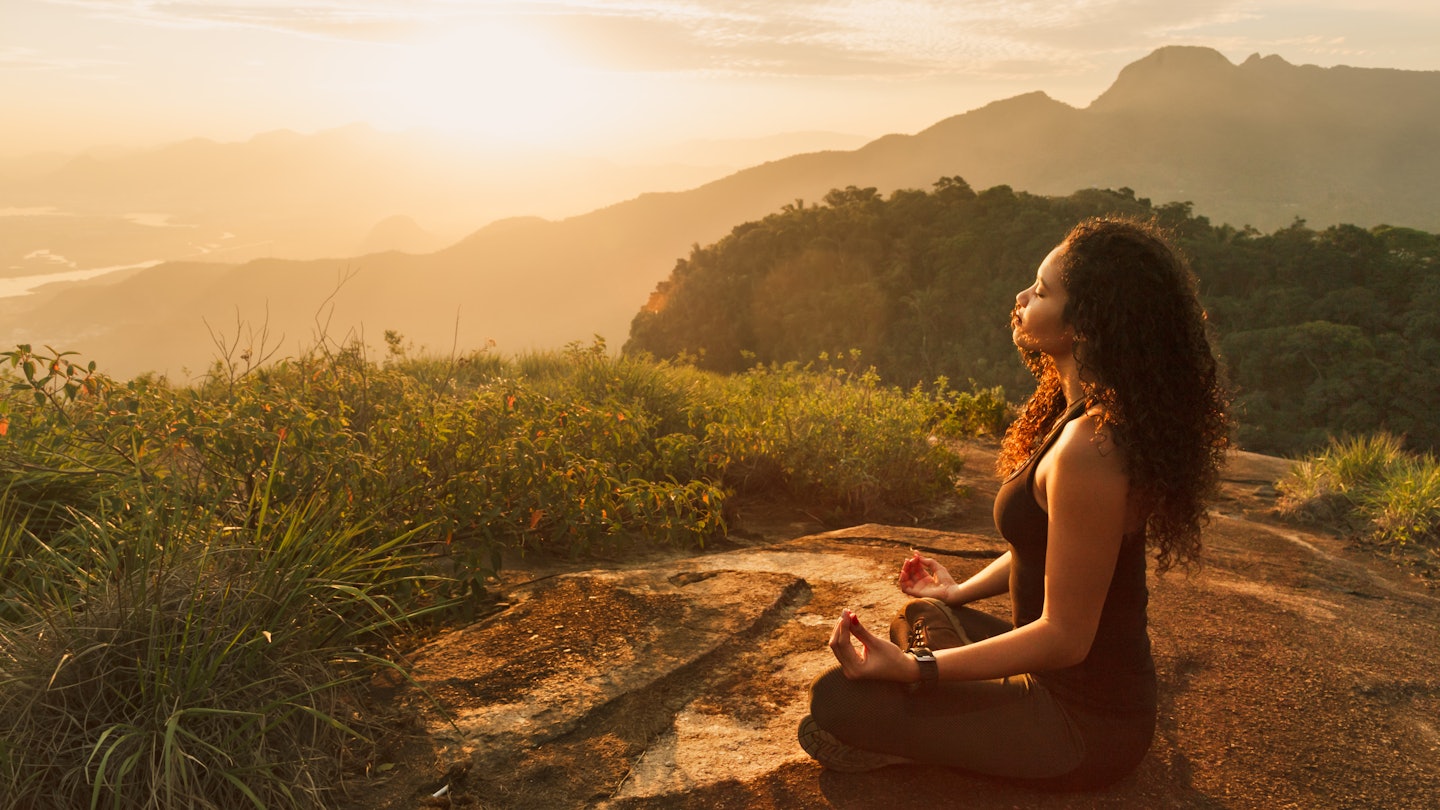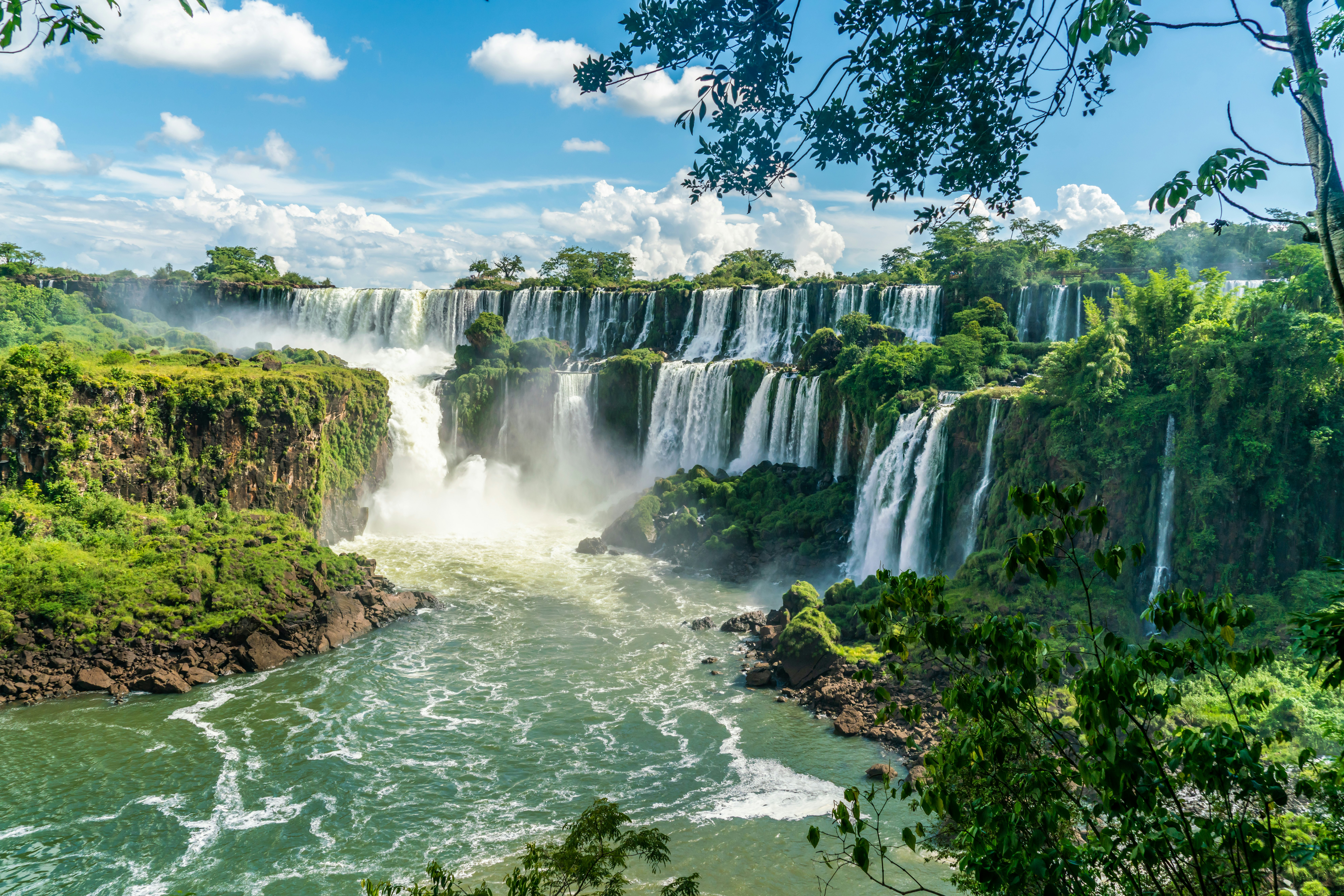
The 30 best countries, cities and regions to visit in 2025

Dec 31, 2021 • 5 min read

The staggering beauty and scale of Brazil's parks makes a visit more like a spiritual experience © Ingo Roesler / Getty Images
Brazil’s mesmerizing and diverse national parks protect some of the most important – and spectacular – ecosystems and cultural sites in the world. There are parks that sprawl around skyscraper-sized waterfalls, parks that drape like curtains over relics from ancient civilizations, parks that edge into mighty cities, and parks that coil mysteriously along remote tributaries of the Amazon.
The sheer scale of Brazil is part of why it has these natural wonders to begin but it also presents a major stumbling block to visitors – with all this natural wonder and human history to choose from, how could anyone possibly decide which one to visit? That's where we come in! Here’s our list of the best national parks in Brazil.

Even the most jaded teenager will be left awestruck by the waterfalls that define Parque Nacional do Iguaçu (known in English as Iguaçu National Park). The Iguaçu Falls are part of the largest waterfall system in the world and both the Argentine and Brazilian sides are designated as a Unesco World Heritage Site.
Keep kids busy with a walk along the Waterfall Trail, which serves up view after view of the falls, including the spectacular Garganta do Diablo, meaning "Devil’s Throat." When you’ve taken in the panoramas, head out by boat to feel the falls’ powerful spray, or take a guided hike to spot ocelots in the rainforest foliage.
Glimmering white sand dunes and vast crystalline lagoons create an otherworldly landscape in Lençóis Maranhenses National Park, located in Maranhão state. Hike or travel by 4WD across the sweeping sands, or take a dip in one of the park's pristine pools, formed from rainwater filtering down into the chasms between the dunes. Plan your visit for the Brazilian winter (between July and September) when the lagoons are at their highest and temperatures at their most pleasant.

Need a break from the fizzing energy of Rio de Janeiro? Head to Tijuca National Park, an oasis of protected Atlantic rainforest, toothy mountains, waterfalls and caves, located just northwest of Copacabana and Ipanema. Find a viewpoint and settle in for a picnic, hike the jungle trails (keeping your eyes peeled for iguanas and monkeys) and, of course, visit the iconic statue of Cristo Redentor (known in English as Christ the Redeemer), whose open arms embrace the city below.

When Brazilians want a taste of crisp mountain air, they head to Serra dos Órgãos National Park, an expansive reserve defined by a series of uniquely jagged, tooth-shaped peaks. Day hikes abound, or you can make the three-day trek connecting the nearby mountain towns of Petrópolis and Teresópolis.
If you want to take things up a level, climbers can challenge gravity by scaling the park’s iconic peaks, such as 1692m (5551ft) Dedo de Deus (God’s Finger). Serra dos Órgãos is only about an hour’s drive from Rio de Janeiro, making it an easy side-trip when visiting the Cidade Maravilhosa (Marvelous City).

The Pantanal, the world’s largest wetland, straddles the states of Mato Grosso and Mato Grosso do Sul and encompasses several federally protected areas, including Pantanal Matogrossense National Park. These vast swamps are home to a massively diverse population of fauna: 80 species of mammals, 50 species of reptiles and 650 species of birds live in this striking aquatic landscape, which is a recognized Unesco World Heritage site. Jaguars, caimans, giant armadillos, giant anteaters and giant otters make for some of the best wildlife watching in the world.

Itatiaia National Park (Parque Nacional do Itatiaia), Brazil’s oldest national park, has a little something for everyone. Tangled trails wind through its mountainous terrain, across alpine meadows and through endangered Atlantic forests teeming with monkeys, sloths and other exotic wildlife. Birders come from near and far to seek out the prolific avian population (400 species at the latest count). The park offers some excellent opportunities for rock climbers; the Pico das Agulhas Negras and Prateleiras outcrops cater to a variety of skill levels.

Named for its striking, flat-topped cliffs, long mined for diamonds and other precious stones and minerals, Chapada Diamantina National Park is a geological marvel. Located in the central part of Bahia state, this immense national park encompasses 1520 sq km (587 sq mi) of vast plains, sheer cliffs, thundering waterfalls and hidden cave systems.
Given its size and somewhat light trail infrastructure, hiring a guide is the best way to explore all the wonders Chapada Diamantina has to offer. You can swim in subterranean cave lagoons, take in sweeping valley views or test your bouldering skills on craggy rockfaces.

The Fernando de Noronha archipelago encompasses 21 sparkling islands, only one of which is inhabited by humans. The national marine park covers 70% of the main island and the surrounding ocean, protecting several species of sea turtles, native lizards, diverse marine bird life and the largest group of resident dolphins in the world. In a country renowned for beautiful beaches, this protected paradise is in a league of its own.
A visit to Fernando de Noronha takes a little bit of planning – it’s primarily accessible by plane and only a limited number of people can visit per day – but the islands' vibrant wildlife and precious remoteness make the trip worth every real.

The rippled cliff faces, rock shelters and arches of Serra da Capivara National Park are home to some of the world’s most important cultural relics. Here you’ll find more than 300 archaeological sites featuring 40,000 rock paintings, estimated to be 30,000 to 50,000 years old – evidence of one of the oldest human societies to live in South America. Granted Unesco World Heritage status in 1991, the cave painting sites at Serra da Capivara are largely open to the public, accessible via driving routes and walking trails.
You may also like:
The beaches in Brazil that locals love – and you will too
The best time to go to Brazil
On these best road t